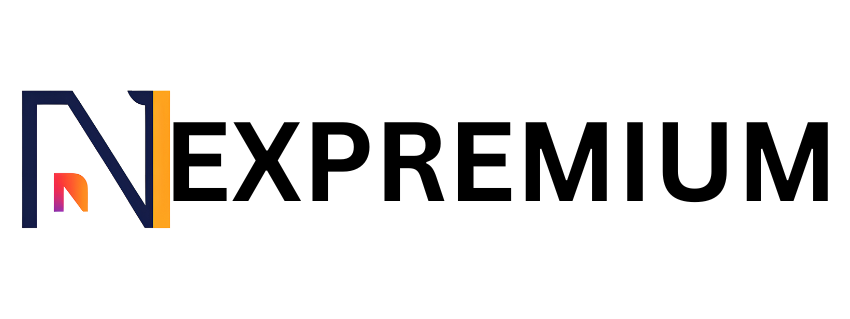What Is Cloud Computing
According to Gartner, “Cloud computing” is defined as "on-demand access to resources that are time-independent and discrete rather than being connected and fluid like traditional services."

Definition of cloud computing
According to Gartner, “Cloud computing” is defined as "on-demand access to resources that are time-independent and discrete rather than being connected and fluid like traditional services."
This definition makes sense because it reflects how most people use computers today! Almost every person has a smartphone with limited storage space and apps you can download at will. You can also have online accounts such as Facebook and YouTube that give you quick access to your content.
Software that was once only available via desktop or laptop software now has mobile and web versions. People tend to rely more and more on technology so having these things readily accessible is very important. This is what defines cloud computing.
Components of cloud computing

So what is cloud computing? That’s a good question! Most people associate the term “cloud” with something like Google or Amazon, but that isn't quite right. Technically speaking, anything computer-based that you can access through a web browser is considered to be in the cloud.
That means all of your online apps and services — whether they're free or paid for (like Netflix or YouTube) are part of the cloud. It's also important to note that not every service in the cloud is digital. Some are completely analog, such as paper documents.
This article will talk more about how different types of clouds work, what benefits they have, and where cloud technology is heading. Stay tuned!
History of cloud computing

Before there was virtualization, people used shared servers. This is when companies have large computer facilities with lots of resources available for users to use.
Shared hosting is what most people use today for online shopping, word processing, or just general web browsing. Companies pay per unit user (or “hosting plan”) rather than per person using their service, which makes it cost-effective for them to start off with.
The downfall of this system is that if someone else uses all the resources, your account can get closed or limited in usage. This is why there are only a few sites you will really find that take full advantage of all the power in a shared server.
With virtualization, this is no longer an issue. Rather than having to lease a separate chunk of hardware from the company, software becomes the commodity. Technology such as Windows, Mac OS, and Linux can be installed onto a centralized operating system or “cloud platform.”
This gives users complete control over the software they want because it is hosted on a third-party site. Users no longer need to worry about being kicked out due to resource limitations – everything is paid for via a monthly subscription!
History repeated ily lly
Cloud computing has reemerged after its initial popularity in the early 2000s. Most recently, we saw a huge boom in adoption back in 2009 during The Great Recession. At that time, many businesses were finding themselves without access to
Popular cloud computing services

Most people these days have at least one thing in common – they use the internet for almost everything! From shopping to banking, you can find yourself spending lots of time using online apps and services.
Cloud computing is no exception to this rule. In fact, most of the software we use every day has been designed to work in the cloud.
This is because the cloud allows for easy access from any device; you don’t need to have an account or pay monthly fees to use it. It also gives users high-speed, private storage space and limitless computer resources.
There are many different types of cloud computing, but all of them share some similar features. Here's what you should know about the three major ones - why they're popular, and how to use them.
Ways of cloud computing

There are several different ways that people use cloud computing these days. Some say it is better to classify what types of services the cloud offers rather than defining it as just software or platform-based service. Others call it a vague term that can mean anything from using Google Suite to creating your own private cloud.
All of these definitions have one thing in common, though – they refer to online resources or digital servers or computers you access through the internet. This definition helps make sense of how software and platforms like Microsoft Office and Gmail offer their ‘cloud’ services free of cost.
These services are offered via an app or program, which users can add to their device (computer, phone, tablet) or use directly without having to go through a browser first. Technically speaking, this removes the need for a desktop computer, and instead uses technology such as mobile phones or tablets to connect to the internet.
This article will talk more about why using the cloud is a good idea and some potential drawbacks, but first, let us look at some benefits of using the cloud.
Security in the cloud

As we mentioned before, one of the main benefits of using the cloud is that it allows you to access your files and apps remotely through different software or platforms. This removes the need for you to have an online source to access these things.
The other benefit is security. Since the platform has been designed to connect with many different vendors’ services, there are usually extra layers of protection put into place to make sure that everything is safe.
These protections typically include advanced encryption techniques as well as restricted IP addresses that only allow limited connections to be made from within the country so if someone tries to hack into the system, they will not be able to.
There are also legal agreements that exist between certain companies and governments where people can upload information and resources which may be copyrighted material or sensitive documents without worries.
Cost of cloud computing

The cost of using the services that offer cloud-based applications is typically much lower than running your own server. This is because you are paying for use of an already established system that many other people have paid to make sure it works well.
The service providers take care of allocating enough resources (bandwidth, servers, storage) for your app so that it functions properly without having to worry about this detail. They also handle the maintenance and security of their platform, which can be expensive if you were to do these things yourself.
There may even be additional fees for using their services, but these are usually very transparent and easy to compare like buying gas at a rest stop or staying in a hotel’s extended stay program. You will probably find that overall they are much less expensive!
Advantages of cloud computing

There are many advantages to using the cloud. First, the cost is one major benefit. Since the service provider handles all of the technical aspects of technology for you, software and apps can be accessed through their services so you don’t have to pay for them directly.
Second, convenience is an important factor. Technology has become more accessible as companies offer free or low-cost tools online. You get access to everything you need without having to install anything or go into debt!
What is the best cloud service?

There are many definitions for what constitutes “cloud computing,” but most agree that it gives users access to resources without requiring them to own or use the specific software, hardware, or technology involved.
By offering these services as subscriptions or monthly payments, cost-effective accessibility is possible. This helps average people use advanced technologies easily!
The term was first coined in 2004 when Amazon introduced its S3 web storage platform. Since then, other companies have adopted this model by adding additional features such as email, chat, and file sharing.
This article will talk about five of the top free online tools you can use to learn more about cloud computing. Try one out today!
What's Your Reaction?





































